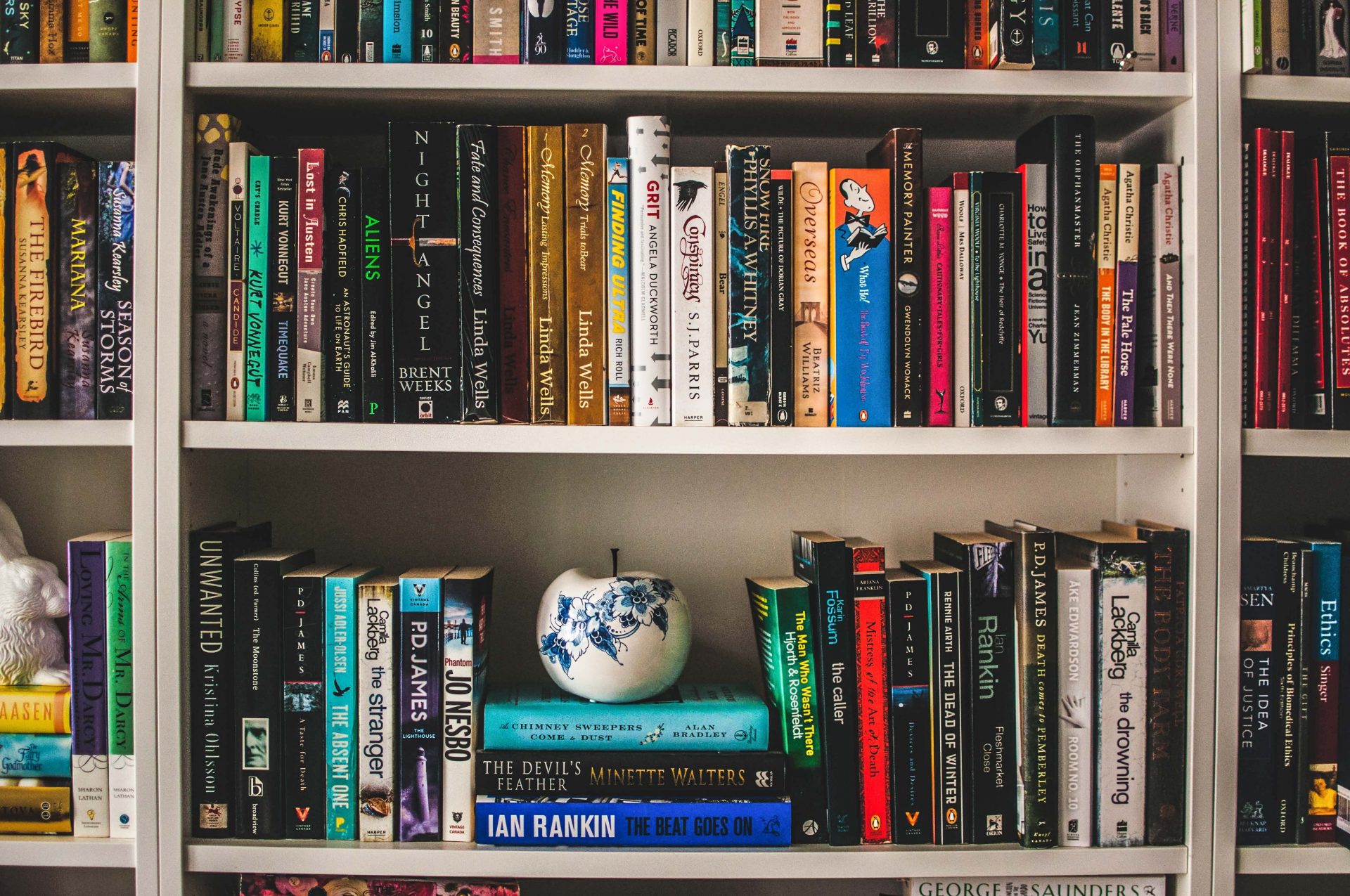Dr Stella Bolaki, Reader in American Literature and Medical Humanities, has written the article below on artists’ books and the craft behind bookmaking.
By Dr Stella Bolaki
Reader in American Literature and Medical Humanities
The artist’s book not only reimagines the book format but can be used to creatively explore personal experiences and promote wellbeing. In recent research I have explored how this medium is used by contemporary artists who are interested in crafting intimate stories about mental health and in challenging stigma. I teach a seminar on this topic as part of Kent’s MA in Medical Humanities, drawing on Templeman’s special collection Prescriptions: artists’ books.
The artist’s book is a highly versatile form of expression. The advantage of an artist’s book is that its text, images and other elements work together to make its message more palpable. An artist’s book captures through colour, texture and layout ideas and feelings that words alone are often inadequate to express. Inside by Yvonne J. Foster and Delirium by Corinne Perry offer bold visual accounts of mental ill health through the formats of the pamphlet and the photographic diary respectively. The physical acts of cutting, folding, stitching, embossing, collaging and layering textures to create different effects can be cathartic. They can help the maker of a book to stay focused, relieve stress and process painful emotions. Different book structures and techniques can facilitate mindfulness while infusing its practice with sensory pleasure. For example, a flag book like Amanda Watson-Will’s Like Weather can become a record of changing moods, thoughts and sensations, offering a snapshot of one’s mental state. A meditative book with handwritten calligraphy, such as No Mind by Gaby Berglund Cardenas, or that employs typewriter art, such as Mind Maps by Penny Alexander, can quieten the mind and ground the maker in the present. Altering an existing book to make it more sculptural or to change the way it is read can draw original connections, as in Sophie Adams’ The Book of Common Prayer, which raises awareness of diverse approaches to mental health.
If you want to learn some basic book-making techniques and experiment with this creative form, there are several online tutorials and drop-in workshops. You can also experience the Prescriptions books mentioned in this post directly by booking an appointment with the University of Kent Special Collections & Archives.

